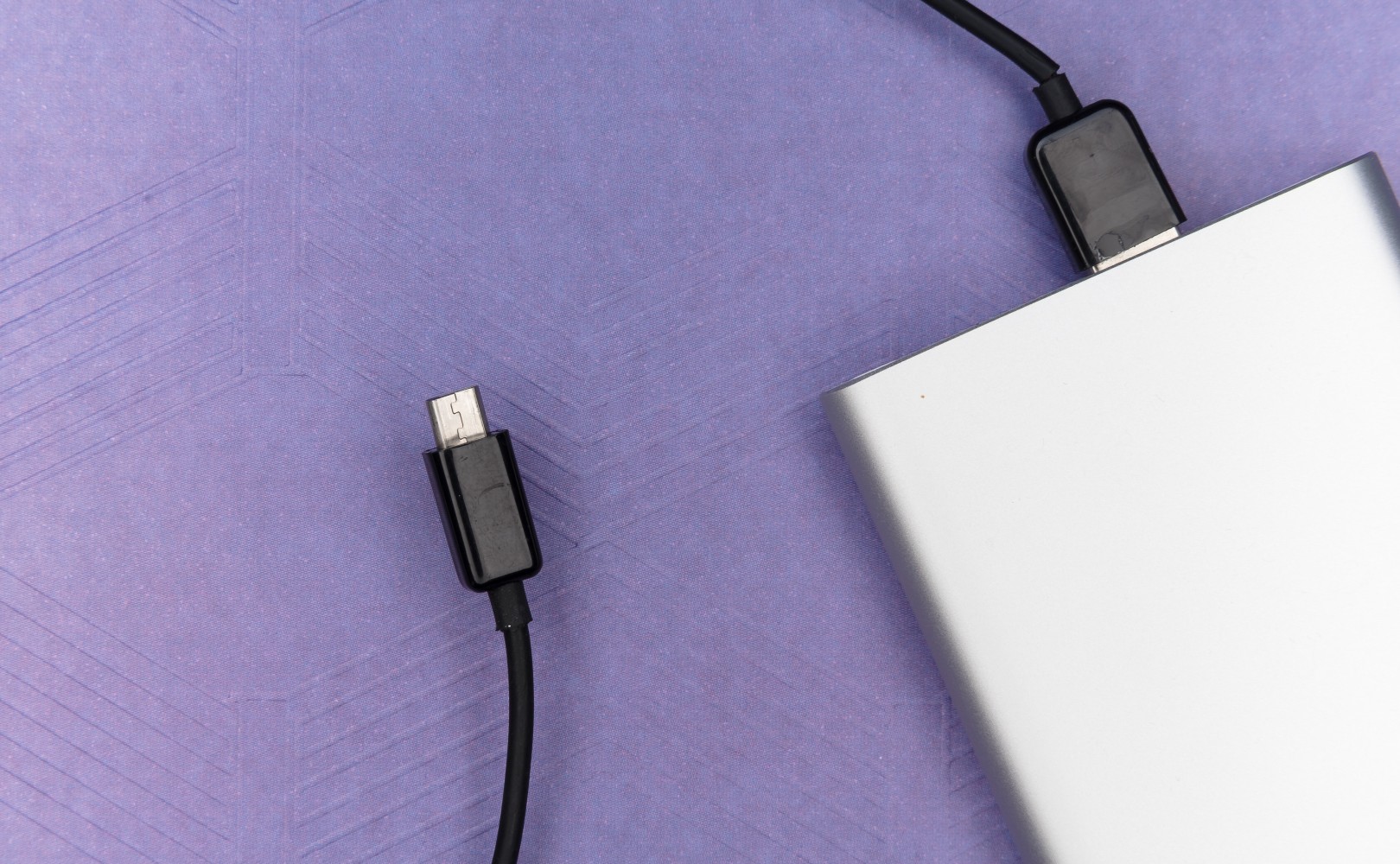Together with three leading industrial companies, Skatterbencher has completed a prototype of a liquid nitrogen (LN2) container using generative AI and 3D printing technologies. In a blog post and a YouTube video, the partners demonstrated that it is possible, albeit financially unprofitable.
Peter from Skatterbencher, an overclocking expert, partnered with Belgian company Diabatix, a pioneer in the use of generative AI for thermal solutions, and 3D Systems, a leader in 3D printing technology. The project was completed in collaboration with ElmorLabs, a well-known brand in the overclocking space. The project used the ElmorLabs Volcano CPU LN2 case as a reference. Diabatix’s ColdStream Next AI platform was used to design the new LN2 case, which aimed to improve on the original design. After the design phase was completed, the prototype was manufactured by 3D Systems using oxygen-free copper powder.
The cost of designing and producing a prototype of a liquid nitrogen (LN2) container is $10,000. For comparison, the ElmorLabs Volcano CPU LN2 container used as a reference design costs just $260.

Key performance tests compared the AI-designed LN2 container to the ElmorLabs Volcano in three categories:
- Cooling Time – The time required to cool the container from the ambient temperature of 28°C to -194°C.
- Heating time – the time required to heat the room from -194°C to 20°C with a heat load of 1250 watts.
- Capacity 500ml – Temperature difference between 28.4°C and the lowest temperature achieved using 500ml of liquid nitrogen.
During testing, the AI-designed container crushed the Volcano in the cooling test, reaching -194°C in just 56 seconds, while the Volcano took nearly three minutes. In the warm-up test, the AI container performed even better, reaching 20°C in 30 seconds faster than the Volcano. In the final performance test, the AI-designed LN2 container was 20% more efficient, cooling to -133°C compared to the -100°C achieved by the Volcano.
The team also conducted practical tests:
- Overclocking performance test using Cinebench 2024.
- Check the temperature difference between the base of the case and the processor’s heat spreader.
- Comprehensive stress testing – Check how well the processor handles more than 600 watts of power for several minutes.
It turns out that while the AI-designed container beat the ElmorLabs Volcano, the improvements were not obvious. Given the significant price difference between the AI-designed and the current product, the AI-designed is not a viable alternative at this time.
Once the initial testing is complete, Skatterbencher and its partners can look to improve performance and cost and repurpose more powerful processors like AMD Ryzen Threadripper. The team also wants to commercialize the project, but there’s still a lot of work ahead of them to make it commercially viable.

“Prone to fits of apathy. Introvert. Award-winning internet evangelist. Extreme beer expert.”










